Routine exams
Routine preventive healthcare examinations
Optimal healthcare for cats requires regular veterinary examinations. The CatCareforLife programme helps owners to understand the reasons for this and the importance of preventive healthcare. A consistent message from the entire healthcare team at the clinic is crucial in ensuring owners are aware of why and when they should be bringing their cat in for a check.
The aim is to develop concordance – this is where the veterinary team, together with the owner, develop and agree a plan of preventive healthcare for the cat. Long-term compliance with a healthcare plan is far more likely to be achieved if true concordance (mutual agreement on the plan and course of action) is reached at the outset. This plan may not always meet the ideal or the ‘gold standard’, but with the advice, involvement and support of the veterinary team, it is what the owner can commit to.
The clinic should also explore with the owner ways in which they would like to be contacted to remind them about scheduled wellness examinations (text message, email, telephone call etc).
The CatCareforLife and Cat Friendly Clinic owner resources provide important information about ways to make transporting the cat to the clinic as easy and stress-free as possible. It is vital owners are adequately informed of practical tips such as these, to make the regular visits to the clinic as stress-free and positive as possible.
The basis of a healthcare programme
One of the principal aims of CatCareforLife is to lay down a ‘gold standard’ for what routine monitoring checks are advisable, and when these should be performed.
The intention is to improve the overall health of cats by providing owners with good information about the importance of preventive care, and by providing a framework for both owners and the veterinary team to work with.
The CatCareforLife owner materials contain a healthcare chart and information on why regular wellness visits are important, when these should occur, and what owners should expect as part of routine assessments for their cat(s) during different life stages.
Cats and their owners need healthcare plans tailored to their individual requirements. This is just as relevant for preventive care protocols as for any other treatment. For example, an individualised approach to vaccination and anti-parasitic treatments is important, weighing up the risks and benefits of treatment against the lifestyle of the cat, potential exposure to pathogens and, where relevant, any zoonotic implications.
Several aspects of the history and examination are important, and although not a comprehensive list, these include:
- Behaviour and environment
- Medical and surgical history
- Nutritional assessment
- Body weight and body condition scoring
- Full physical examination including dental and ophthalmic examinations
- Pain assessment
- Parasite control
- Vaccination
An overview of each of these aspects is provided, along with some additional life stage-specific considerations.
General aspects
Engaging with owners to fully discuss and agree together on a preventive healthcare programme is always critical. This should involve discussions on:
- The recommended frequency of clinic visits (in general a minimum of an annual examination is recommended, but with additional monitoring in certain life stages).
- What will be included with each visit and, for example, when blood and urine tests or blood pressure measurement should be performed as part of the health screen.
Each examination should be full and thorough, with findings recorded in the medical history, and also ideally in owner-kept records (eg, the CatCareforLife owner records).
Owners should be informed that an important part of the programme is the detection of early and subtle signs of disease, and that pain evaluation is also a critical part of any routine evaluation.
Other important general aspects of preventive healthcare are financial planning and permanent identification of the cat. In older cats in particular (but also those suffering with disease), quality of life assessment is also important.



